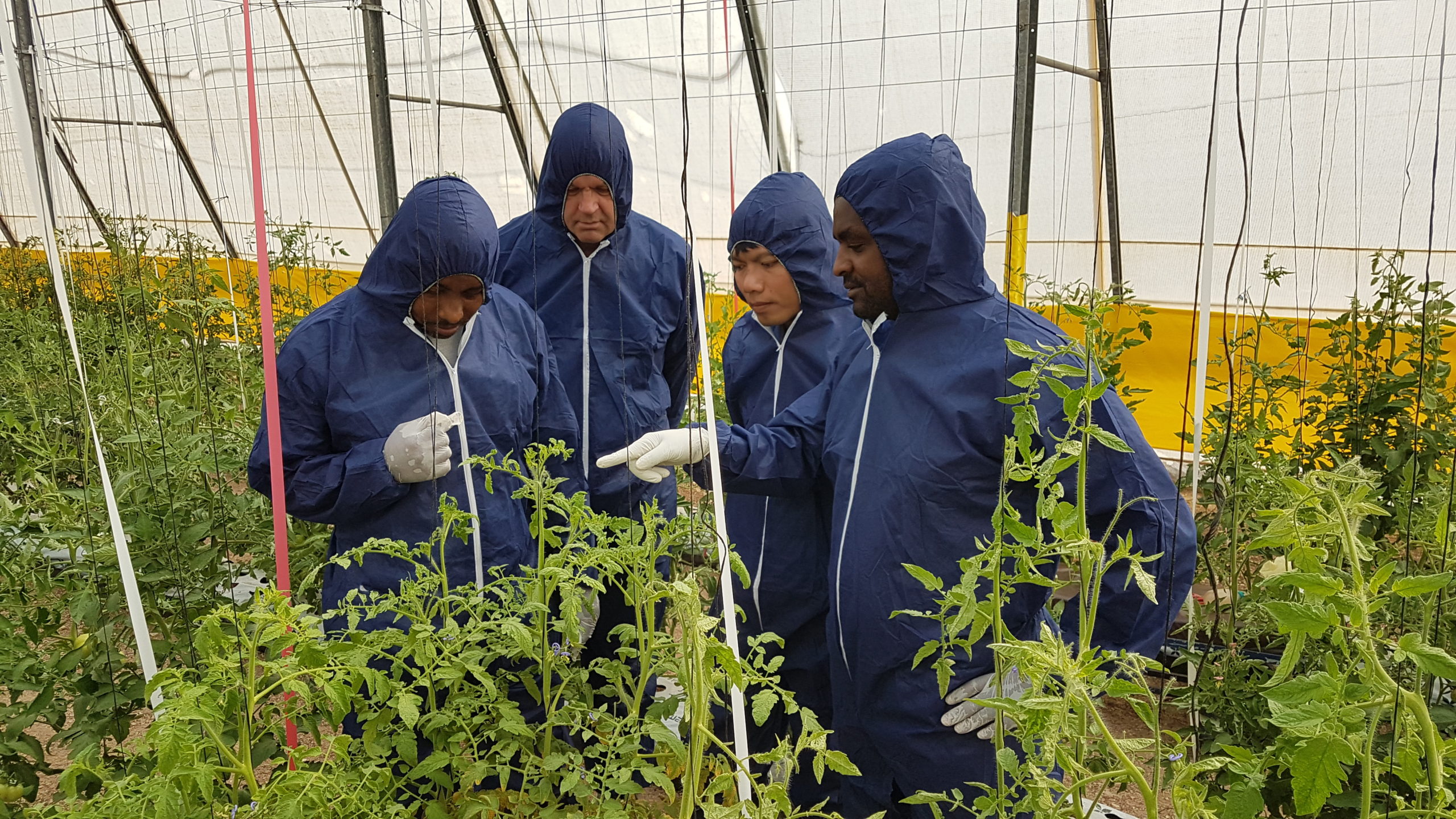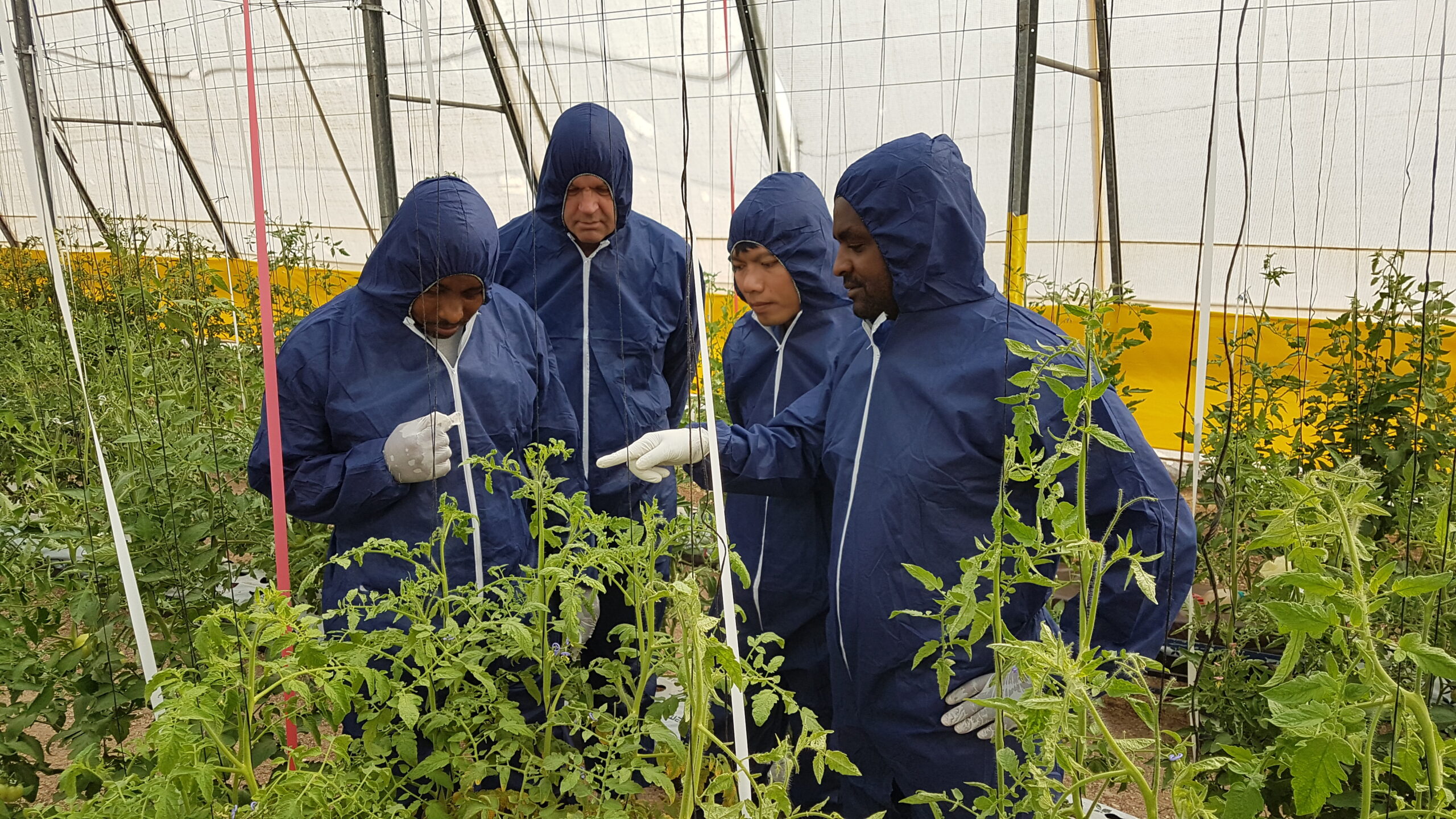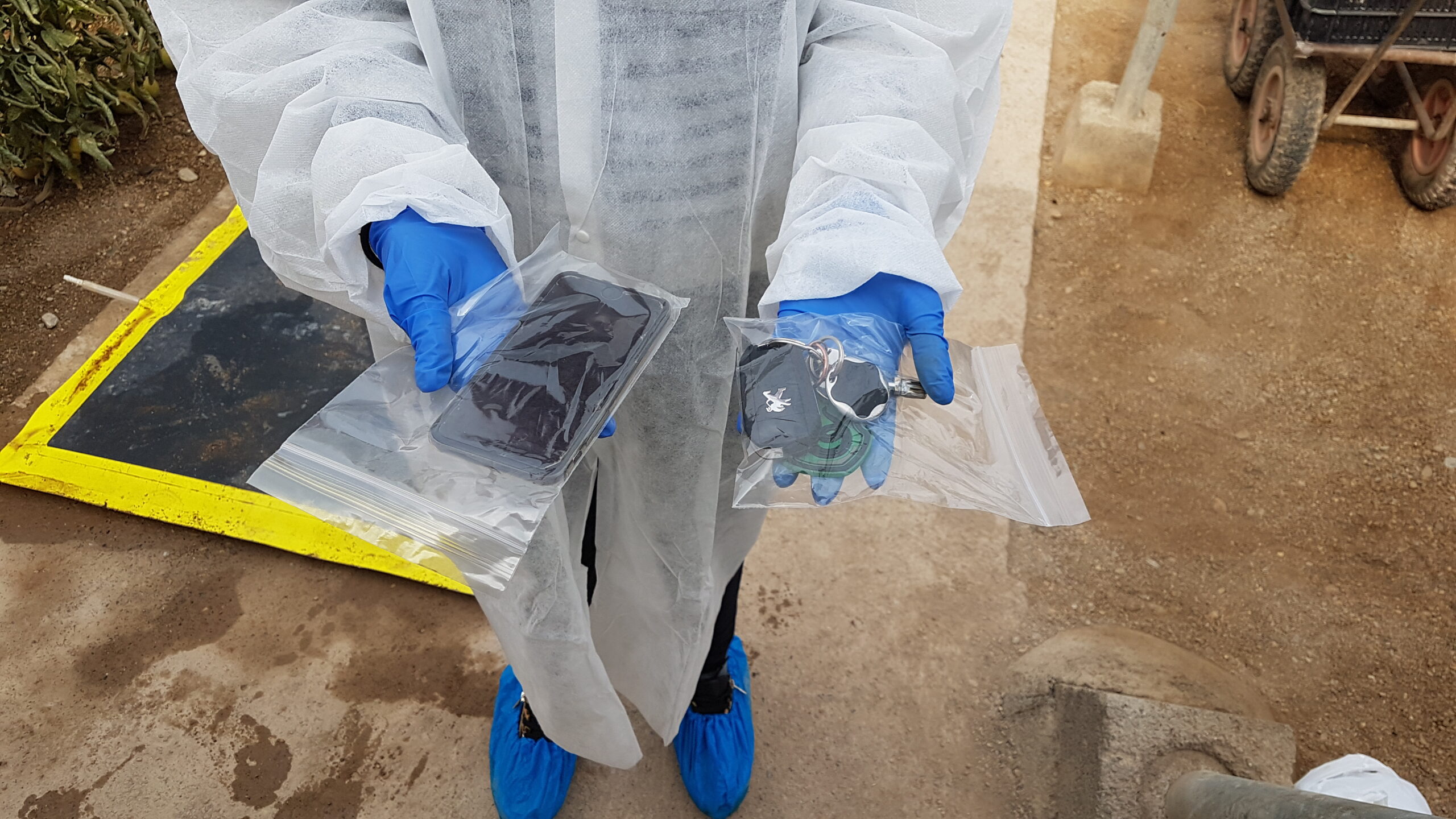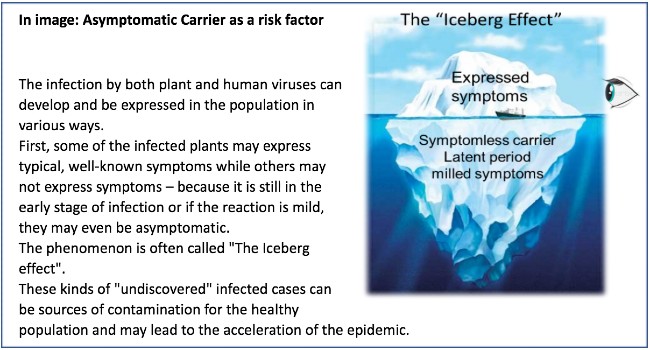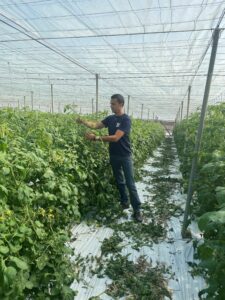Written by: Dr. David Levy,
Plant Pathologist, Hazera
Globalization of our world over the past several decades has driven a huge increase in the global movement of biological material, providing numerous opportunities for the spread of diseases in a relatively short time.
Infectious plant diseases can cause minor damage, while others may cause a huge epidemic capable of destroying an entire crop. In the case of plant viruses, there is no cure for the infected plant, since plants lack a real immune system of the type animals and humans have. Therefore, the most efficient solution to combat the problem is to prevent plants from being infected by applying preventive hygiene measures.
Sounds familiar?! Now, in 2020, most people comprehend this logic as the world faces a critical and challenging period due to the COVID-19 human virus pandemic. As the virus spreads throughout the world, it is affecting and changing our routine life.
Hazera, as a seed company, is heavily invested in research and in the development and production of high-quality varieties. We have acquired knowledge and practices in fighting pests and viruses that may threaten the yields and the quality of our varieties – our products.
In this fight against viruses, it is key to understand that every pathogen has a disease cycle, which is the way the virus infects, reproduces and spreads. This can also be called the epidemiological triangle:
Knowing your pest, reliable and professional detection methods, good methodology for sampling and monitoring the population and early detection in case of a disease outbreak are important and practical key points in controlled disease management.
This is not the first time that humanity has encountered a devastating pandemic. However, in the past, such outbreaks of disease were generally local or regional epidemics due to limited global transportation and movement of population.
How can implementing a quarantine contribute to stopping the spread of the virus?
Quarantine – a procedure developed during the 14th century to protect coastal cities from disease epidemics. Ships arriving in Venice from infected ports were required to moor in the harbor for 40 days (quaranta giorni) before disembarking, a practice known as quarantine.
Currently, we are all learning the importance of quarantine safety measures and can now appreciate the significant social impact of quarantine restrictions on suspected virus carriers.
The strategy used in the case of plant viruses is very similar. But quarantine in itself is insufficient to fight and defeat epidemics. Avoidance or prevention are the best strategy for plant viruses and are efficient for specific human populations (high risk groups) in the case of human viruses. It is better and more cost effective to make every effort to prevent the virus from entering our fields or greenhouses, in the case of plant viruses, or into countries or communities in the case of human viruses. This can be achieved by three important elements known as MDM.
Measures – use of disinfectants, gloves, coats, masks, coveralls and additional protective means
Discipline – everyone must follow the guidelines and instructions strictly and precisely
Management – the process is led by professionals backed by the full commitment of the top administrative level
As a matter of fact, all the measures implemented in the fight against COVID-19 are very similar to those used against plant viruses, except for the use of masks, since plants do not inhale air into lungs. Contact, survival of the virus on surfaces, clothing and tools – even smartphones – apply in both cases.
Discipline is mandatory and critical to the success of the strategy, along with applying restrictions and hygiene measures. Even one person who does not comply with the restrictions is enough to cause an outbreak and secondary spread of a disease – in both plants and human viruses.




